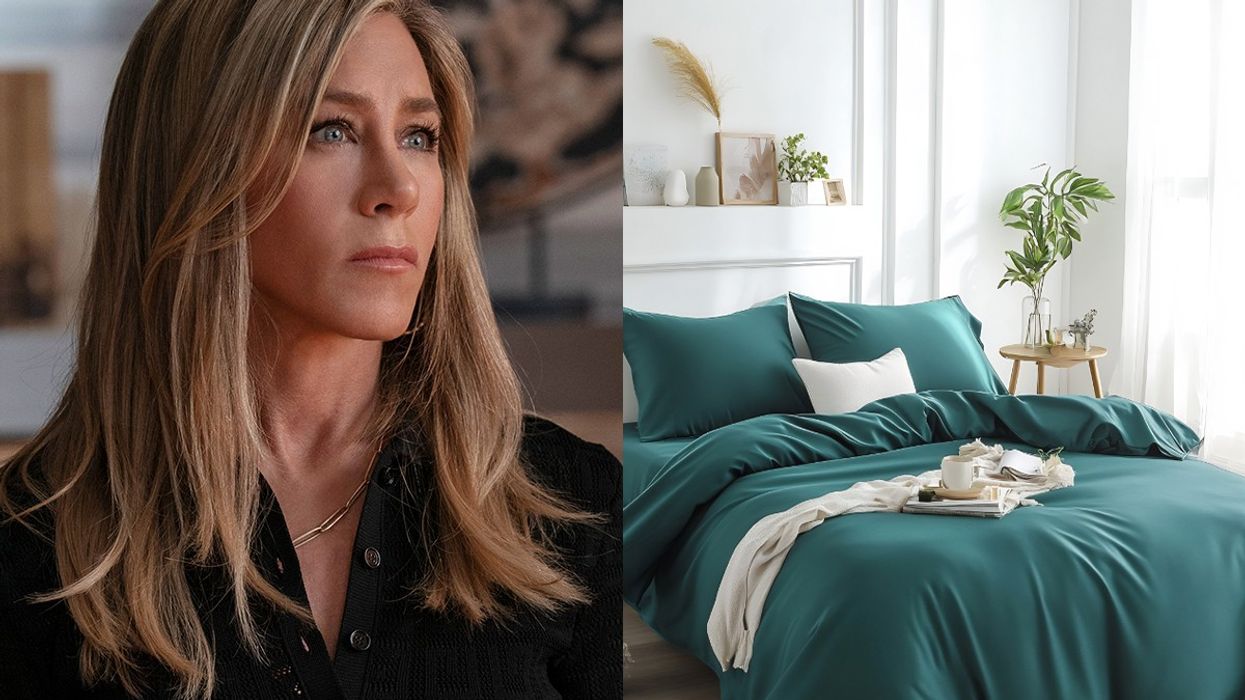Entire books could be dedicated to the art of creating healthy tension between the creative and the business mind, and over the past few years, we’ve certainly experienced a lot of drama in the pursuit. Building a utopia where brilliant business managers and creative geniuses work side by side in complete harmony is as likely as opening a unicorn ranch in the clouds. Trust us, we’ve tried (the former, that is). Despite our best efforts, we’ve never found this magical place— though we have learned some of the secrets to creating an environment where both managers and creatives thrive.
Most companies treat design as something to be handled by a small group of people—generally toward the bottom of the organization’s hierarchy. This mystifies us. We challenge you to find a company that leverages design as a core competitive advantage without creative leadership at the highest ranks of the company.
Method is no exception. Internally, we preach the need to balance design and business thinking. In essence, business thinking is about being skilled at decision making—working from a set of existing options to create predictable and reproducible systems that are, ideally, bulletproof. In other words, good business thinkers are great at making decisions based on existing knowledge— things that have worked in the past. And in business, once something is working, it seems prudent to copy it. The result: systems that are reliable, but not always original. This is business as algorithm—quantifiable, measurable, and provable. It’s a philosophy that speaks to the management belief “What gets measured gets done.”
Design thinking, however, is just the opposite—it’s about creating new choices, options that didn’t exist before. The goal of design is to create something new, better, or different.
There’s a reason that design thinking is so different from more traditional ways of thinking. Most people use inductive reasoning (drawing general conclusions based on many observed particulars) and deductive reasoning (drawing particular conclusions based on accepted generalizations) to consider a problem or come up with an idea. But designers also rely on a third type: abductive reasoning—the logic of what might be. This is the art of creating something that’s never been imagined before. The vocabulary isn’t important, but the underlying concept is: Designers don’t copy, they create. While an engineer may study problems and devise solutions from a known set of tools, designers must imagine solutions that don’t come from a preexisting set of techniques—forcing themselves to create wholly original and unpredictable solutions to problems.
You see where this leads, right? It leads to solutions that are novel and unique, which if harnessed appropriately, are powerful tools in business, sustainability, and culture.
The fact that business and design require different ways of working is why most creative and design resources live in outsourced design firms and advertising agencies. If you’re managing a reliable and predictable process, you will tend to attract folks who are skilled at creating a predictable result time and again. Just imagine the power of harnessing these two different approaches into one fluid team—one that simultaneously and artfully balances rigor and discipline with disruption and innovation. This has been our goal since the beginning.
And from the beginning, we’ve worked together as cofounders to bring these two approaches together. We aren’t the first to try this; companies that blur the lines between design and business thinking very often put an artist at or near the top with the operators. Consider the heyday of Motor City. When U.S. automakers were at the vanguard of the industry, they had artists in leadership positions. At GM, the visionary Harley J. Earl’s GM Tech Center, designed by Eero Saarinen, was the world’s most modern and complete industrial design center when it opened in 1955, and it influenced some of the world’s most notable car designs. Over at Ford, while Henry was the visionary founder, and his grandson Henry II rebuilt the brand into a powerful industrial force following World War II, the most creative of the family was the founder’s son Edsel—a design genius who was responsible for the Lincoln Continental and other unique Ford styles during the Art Deco period of the 1930s.
Today we live in a burgeoning age of corporate design heroes who understand design’s value. VPs of design and chief design officers are becoming more prominent and more powerful players within the executive suite, and design itself is taking on as important a role as marketing and executive leadership. Design will always be subjective—it can’t be managed by committee—so companies need a cultural leader at the top who gives the company an aesthetic point of view and ensures that the organization stays on track. Ultimately, while you need to weave design and business thinking through the entire organization, one person needs to be responsible for championing, curating, and editing the brand’s visual point of view.
To achieve this balance throughout Method, we have reinforced our leadership team with two VPs who have design backgrounds—our VP of product design and our VP of brand experience—who work hand-in-hand on a daily basis with our CFO and VP of operations. Method would not have lasted this long if it had operated inefficiently, and while not celebrated as often, those who work in the more traditional roles in operations and finance form the backbone from which the consumer experience grows. So while part of Method runs the way you would expect a consumer-products company to run, with strong operating rigor (mixing soaps, manufacturing pumps, filling orders, etc.), the part that defines the experience for the consumer and creates every touch point of the brand feels more like an ad agency or design firm than a manufacturer.
Managing the juxtaposition of creative innovation and operational predictability is a constant challenge for us and our entire leadership team. It means balancing discipline and disruption, left brain and right brain, in productive, not destructive, ways. We need to give people the freedom to follow their gut, but we also need to hold them accountable for their performance. So we set a high bar, recognizing that occasional failure is an unavoidable side effect of pushing into uncharted waters. While we have to do everything possible to wow our advocates, we know we also need to eliminate unnecessary costs and inefficiencies. Which is to say, we need to be equally skilled at quantifying the now and intuiting what’s next. Of course, how many companies are truly good at that?
One important benefit of bringing design in-house is that it allows you to move faster. By not having to deal with outsiders, you can skip the process of bringing your partners up to speed or explaining a concept. Production challenges can be dealt with swiftly. An in-house team lowers creative and design cost, whereas paying an agency’s project fees or retainers can be exorbitantly expensive. Designers help you envision what can be, and the tools of prototyping allow you to share your vision with others. In-house design allows you to more efficiently exploit every touch point to maximize marketing effectiveness. Moreover, designers and creatives tend to be eclectic and passionate, bringing positive influences to the culture.
Excerpted from The Method Method by Eric Ryan and Adam Lowry by arrangement with Portfolio Penguin, a member of Penguin Group (USA), Inc., Copyright © 2011 by Eric Ryan and Adam Lowry.
Photo illustration by Tim Fernholz; images courtesy Method, U.S. Patent Office.














